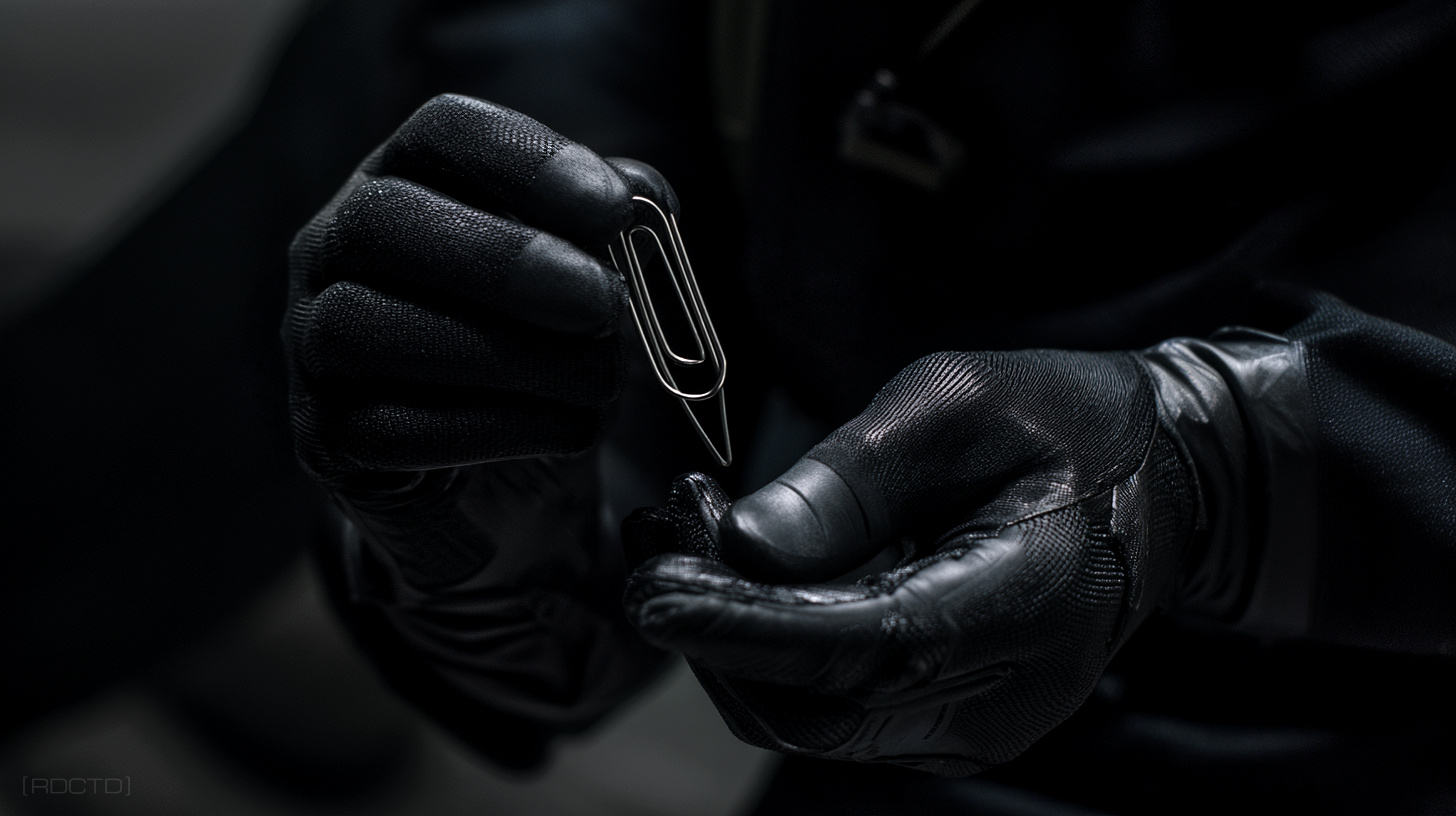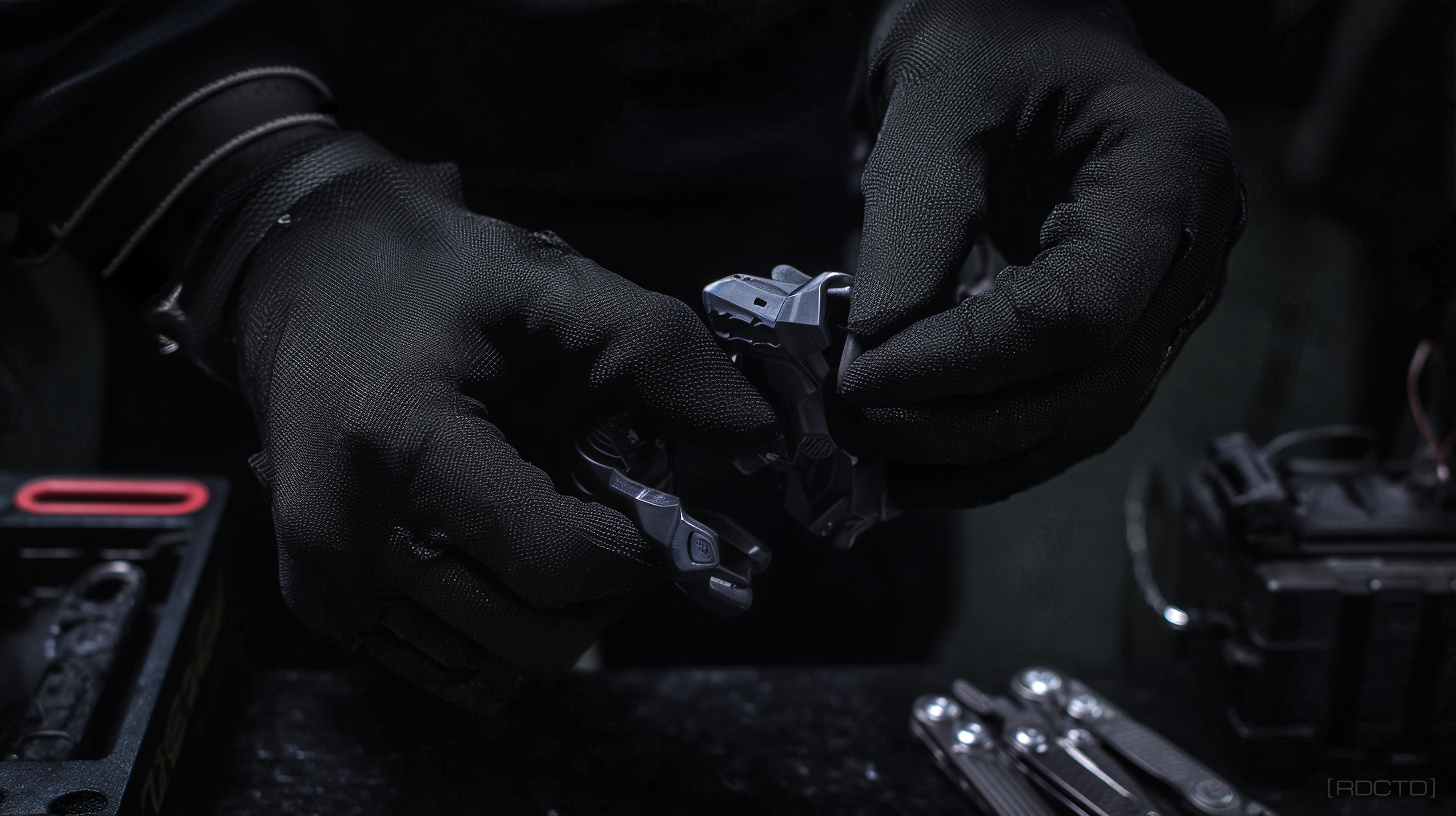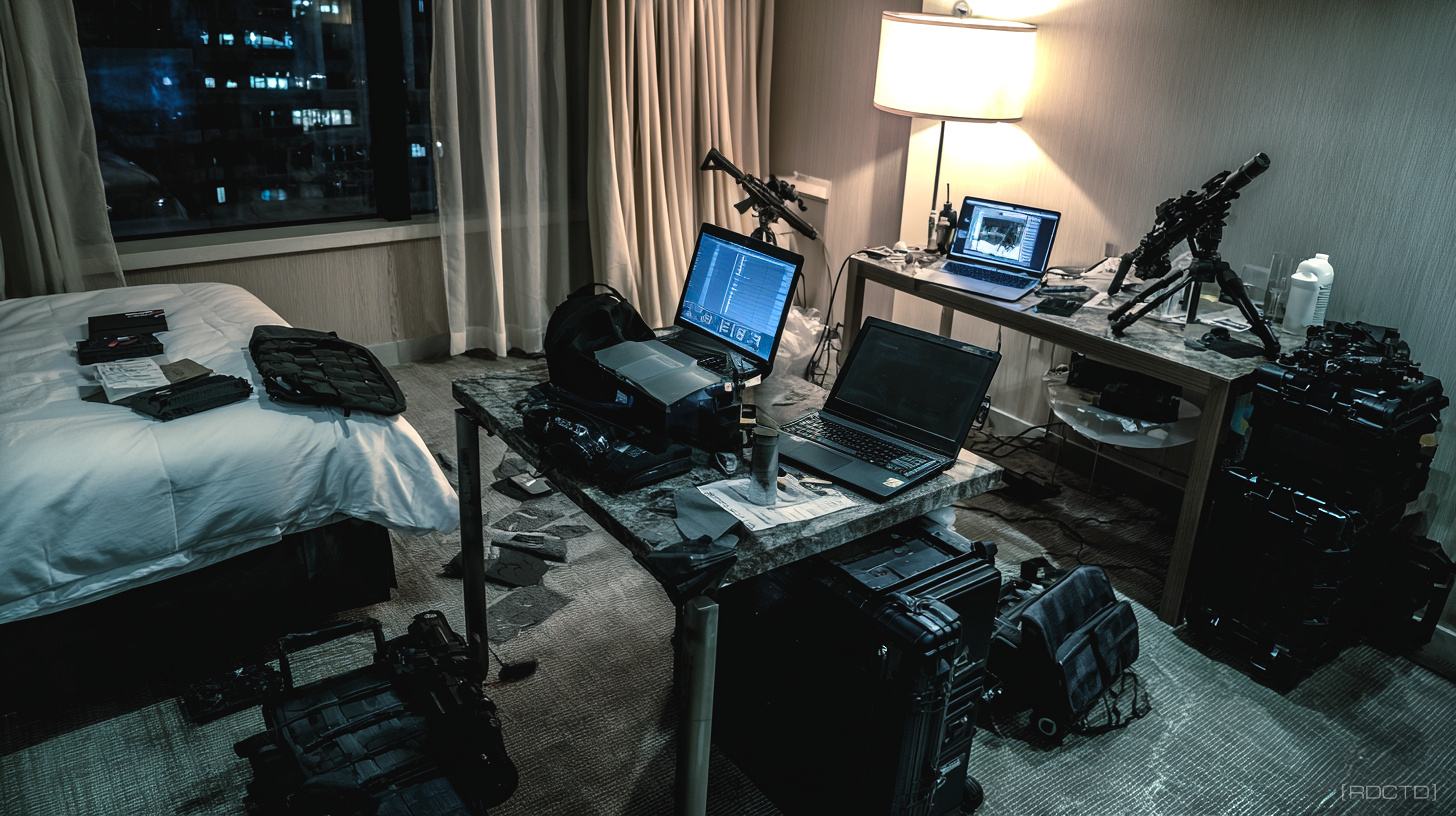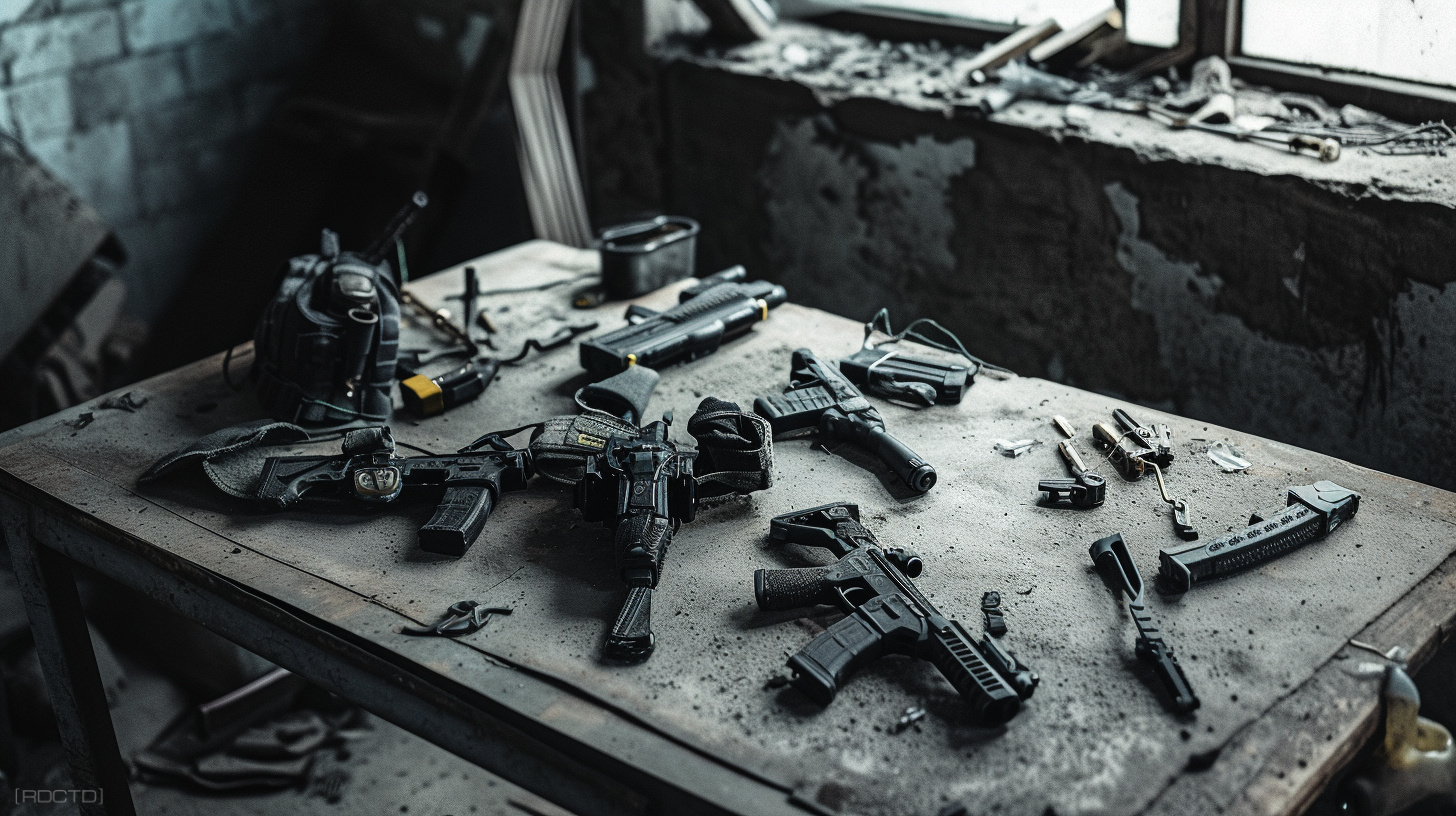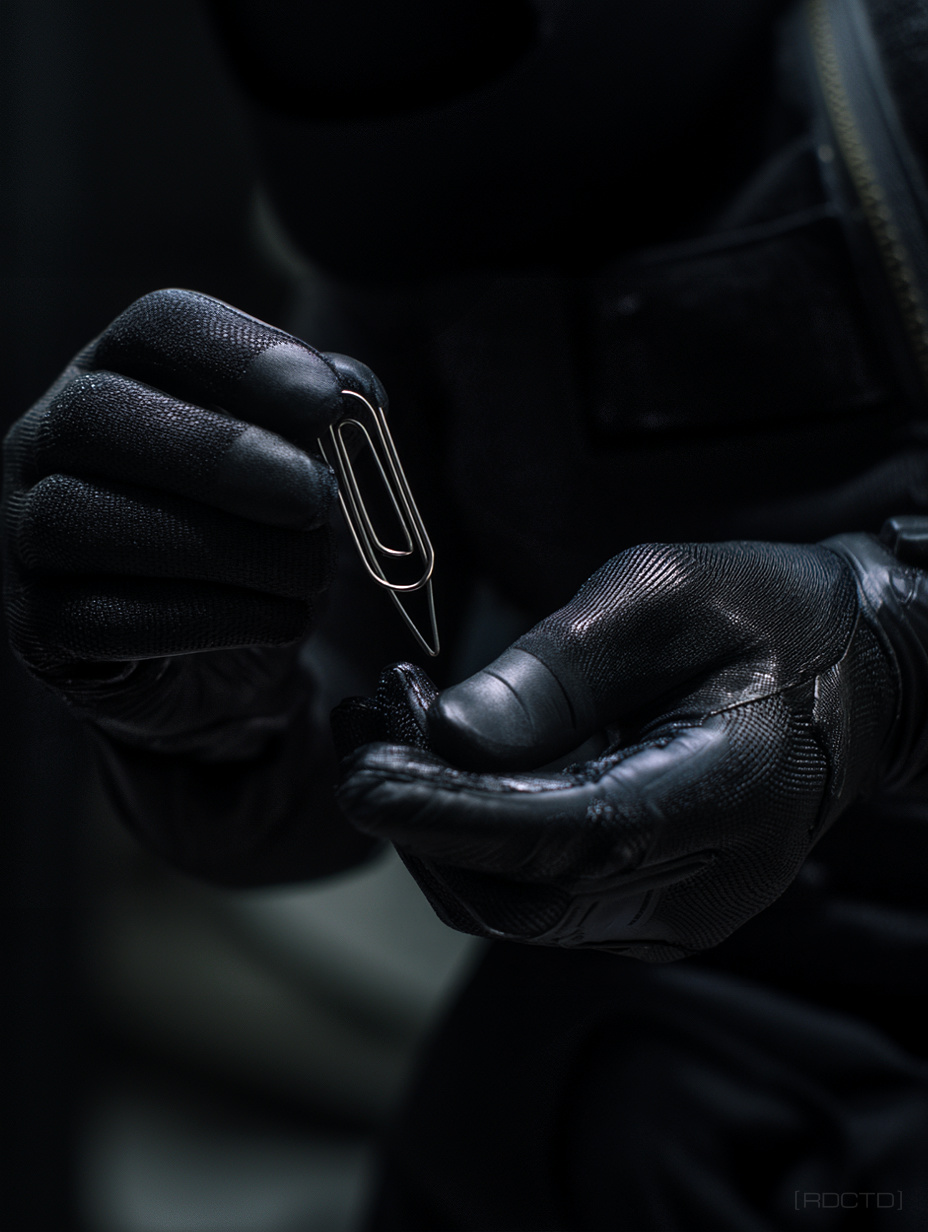 MacGyvering is the application of improvised tradecraft to solving pressing problems by creatively repurposing any object within reach – adapting them into mission-critical tools through inventive ingenuity.
MacGyvering is the application of improvised tradecraft to solving pressing problems by creatively repurposing any object within reach – adapting them into mission-critical tools through inventive ingenuity. If it exists, it can be used. If it breaks, it can be rebuilt. If it’s missing, it can be replaced. Improvisation is that certainty.
The MacGyver concept is a mindset and approach to problem-solving that thrives on improvisation, adaptability, and creative use of available materials. Instead of relying on ideal gear, it focuses on extracting maximum utility from whatever’s at hand. It’s an essential element of practical tradecraft, especially when you’re operating in denied environments where conventional resources are unavailable or compromised.
MacGyvering is a split‑second treaty between chaos and control, where you read grain and timing until a hidden hinge appears. Intention outruns inventory, and the solution arrives wearing the problem’s clothes.
The method gets its inspiration and origin from Richard Dean Anderson’s legendary TV character Angus MacGyver, secret agent. However, the principle behind it is pure operational tradecraft – solving pressing problems with unconventional solutions under pressure, and at speed.
Improvisation isn’t a backup plan – it is the plan when you’re operating in the unknown.
[ MINDSET ]
![]()
To use the MacGyvering method, you have to adopt a specific cognitive framework: seeing every object around you as a puzzle piece of a problem. That means nothing is useless – everything is potentially useful, depending on how it’s combined with other elements.
A paperclip isn’t just a paperclip. It might be part of a lockpick, a circuit bridge, or the anchor for a tripwire. This mindset rewires and enhances your situational awareness. You don’t just see a room; you see a dynamic toolkit scattered in plain sight. This is the core habit of an effective operative: mental inventory and real-time assessment of functional potential.
You begin to evaluate objects not by their intended purpose, but by their material properties – flexibility, conductivity, tensile strength, combustibility.
This kind of thinking requires constant practice and experimentation to internalize. Over time, you’ll naturally catalog objects by how they can be broken down and reassembled to serve improvised objectives. When you’re in the field and time is compressed, that mental library can dictate whether you adapt and find opportunity or get stuck with limitation.
Good improvisers think outside the box to find a way to solve a problem. Great ones dismantle the box and use it to actually solve the problem.
[ MACGYVERING ]
![]()
The process involves creatively but strategically combining or altering the available materials (objects, structures, and environmental elements) within the space to solve specific problems in real time.
Each individual item might be insignificant on its own, but when paired or grouped with others, it can become a crucial component in an improvised solution. This method demands a constant awareness of your surroundings and a readiness to connect disparate elements under pressure.
The theory of this combinational approach is in functional convergence – recognizing how different items, despite unrelated primary purposes, can complement each other when aligned toward a singular objective.
This requires thinking beyond the surface identity of an object and instead analyzing its core properties and symbolic utility in deception.
You’re asking “What else can this do other than what it’s supposed to do, and what else can I make it become?” That shift in thinking transforms everyday environments into modular problem-solving arenas, where every object has potential value if correctly paired with another or used in a different way.
![]()
This trains your brain to form rapid associations between unrelated items, calculating and predicting outcomes based on combined capabilities. It’s a tactical advantage born from conceptual layering – layering material function over operational need.
Whether you’re trying to overcome a physical barrier, build a decoy, distract a pursuer, or create a safety mechanism, the solution often comes from combining two or more unlikely elements in just the right way.
The more experience you gain, the more instinctive your ability becomes to “see” these combinations in real time, bypassing hesitation and replacing uncertainty with immediate calculation then action.
MacGyvering is effectively a process of building and maintaining a mental catalog of how items interact and complement each other. It’s a continuous mental exercise, sharpening both agility and mechanical creativity.
In the field, the more combos you can visualize and execute on demand, the more resilient and capable you become – regardless of your kit or loadout.
In denied environments, your mind becomes your primary weapons system – and improvisation is its fire mode.
[ ADVANCED ]
![]()
Another level of MacGyvering is treating objects as multi-part puzzle pieces. That is, breaking objects down into their component parts and understanding how each element can serve a separate function.
This approach goes beyond seeing an object as a whole and instead focuses on its individual parts, materials, shapes, and mechanisms. It requires a deeper grasp of how any given item is constructed and how their pieces behave under certain conditions – physical, chemical, or mechanical.
To do this effectively, an operative must develop foundational knowledge in physics, basic engineering, and field-expedient chemistry.
Examples of Multi-Part Object Exploitation:
[Smartphone]
• Battery – Can ignite steel wool or foil for fire-starting.
• Wiring and Circuit Board – Useful for signal manipulation or basic electronic setups.
• Magnets – Used for improvised compasses or holding small tools in place.
• LED Flashlight – Signal or illumination source, often independent from the rest of the phone.
• Camera Lens – Can start a fire when used to focus sunlight.
[Aluminum Can]
• Body – Reflective surface for signaling or fashioned into a cook surface.
• Tab and Rim – Sharp edge or crude cutting tool.
• Base – Can be polished into a mirror or lens.
[Bic Lighter]
• Sparking Wheel – Fire-starting without fuel.
• Metal Casing – Can be flattened for use as a shim.
• Spring and Flint – Usable in ignition systems or traps.
This level of improvisation is where tradecraft meets technical craftsmanship. The key is knowing what an object can do beyond its intended function as well what its parts can become once liberated from their original configuration.
With training and repeated field application, an operative begins to look at the world not as a collection of finished tools – but as a warehouse of raw material waiting to be reengineered into mission-specific solutions.
Improvisation isn’t a trick – it’s a discipline. It’s trained. It’s repeatable. It’s what operatives use when the plan collapses.
[ TRAINING ]
![]()
Crucially, MacGyvering – as intended – demands speed, decisiveness, and actionable confidence under pressure. In a real-world operational context, you won’t have the luxury of time to brainstorm or experiment.
The type of environment that this method is for is unstable, time-sensitive, or hostile. The only way to achieve quick, reliable improvisation is through consistent mental conditioning and scenario-based training that sharpens your ability to assess, decide, and act within seconds.
Environmental Breakdown Drill:
Time-Pressure Improvisation:
Material Familiarization Practice:
Impromptu Scenario Simulation:
As you commit to these drills, the mindset becomes hardwired. You begin to default to lateral thinking, assessing objects through a lens of functional potential instead of fixed identity. When a situation demands action, your brain shifts into a mode where improvisation feels like second nature. That’s what makes the MacGyver method an operational asset, not just a clever trick.
To improvise is to dominate chaos, one unconventional solution at a time.
[ FINAL ]
![]()
In covert operations, this approach can dictate whether you maintain momentum or lose the initiative entirely. Whether you’re improvising a lethal weapon, bypassing a locked door, or rigging an escape route, this keeps you adaptable. Tools break. Plans fail. But thinking like MacGyver ensures you’re never out of options – just new puzzle pieces to connect.
This is practical tradecraft. Developing this improvisational mindset needs to be trained through deliberate practice, constant environmental awareness, and thinking creatively until it becomes as natural as breathing.
![]()
// If it has weight, shape, heat, or movement, it has potential – MacGyvering is how to unlock it.
[INFO : Active ‘Street Assessment’ Method]
[TAG : MacGyverism]
![[RDCTD]](https://rdctd.pro/wp-content/uploads/RDCTD-Covert-Operative-Tradecraft-Guide-LOGO-tk.png)
![[RDCTD]](https://rdctd.pro/wp-content/uploads/RDCTD-Covert-Operative-Tradecraft-Guide-LOGO-mobile.png)
